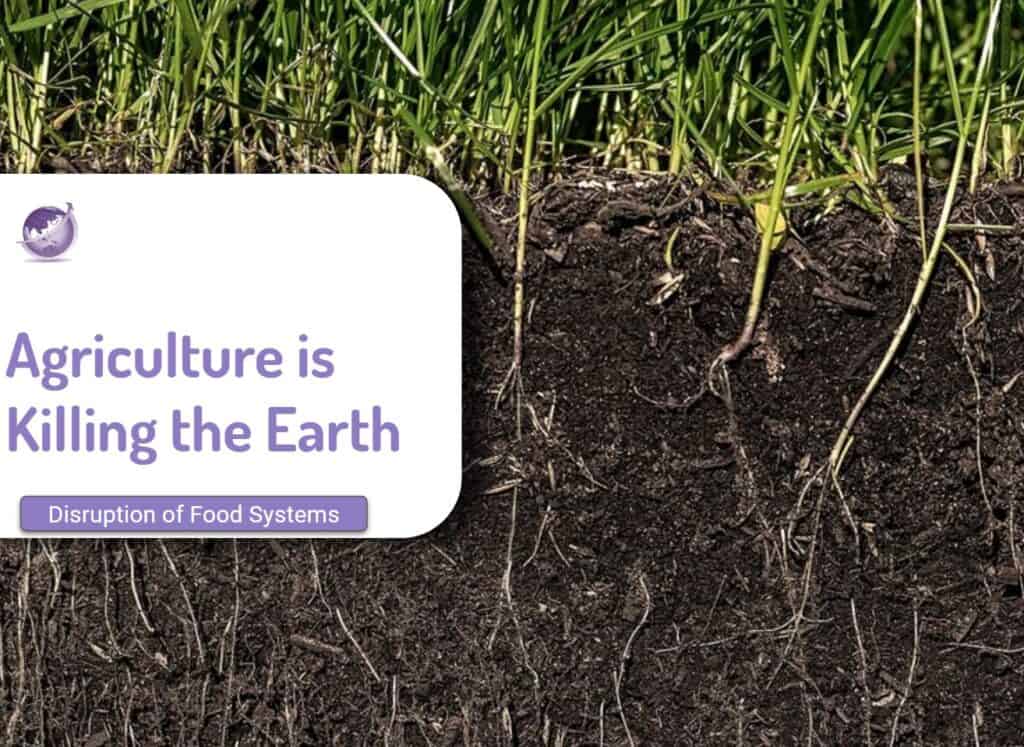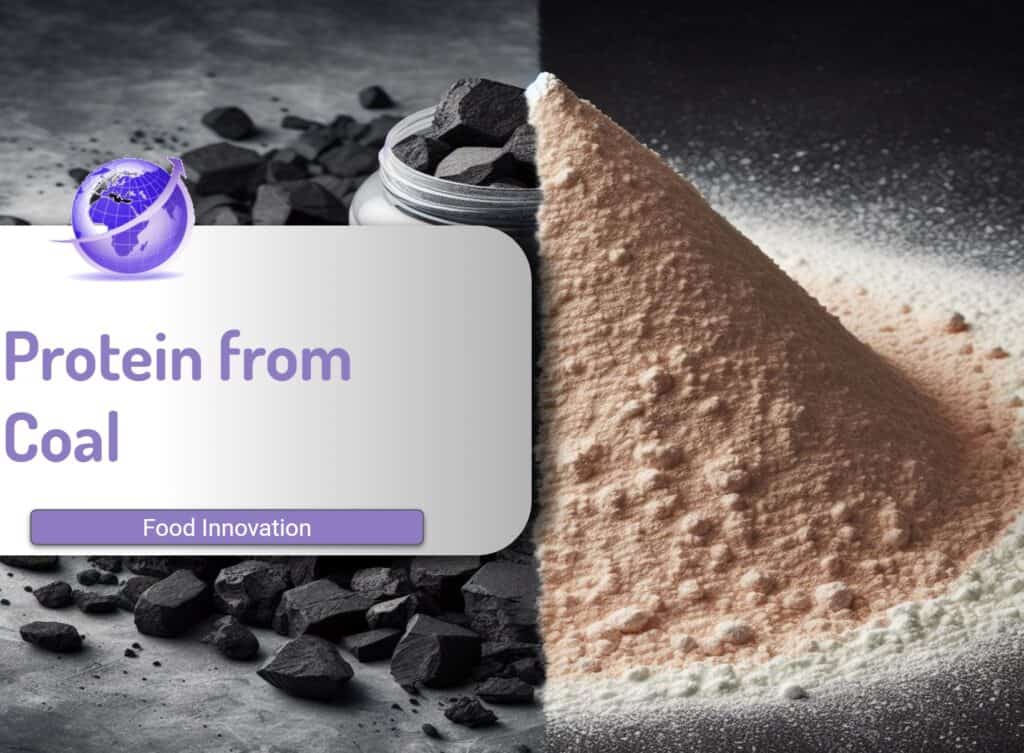Are Sweeteners from Precision Fermentation cheaper and healthier? As RethinkX and Ark Invest state disruption is happening with precision fermentation – be it eggs, fats, proteins or sweeteners. As data shows, humans are getting bigger and more obese with consequent lifestyle diseases. Hundreds of books have urged to restrict sugar intake. If you haven’t read one of these – where have you been?
The global Sugar market size was valued at USD 195 billion in 2022 and is expected to expand at a CAGR of 2.72% during the forecast period, reaching USD 230 billion by 2028. In contrast, analysts project the global sugar substitute market, worth $17bn today, will be worth more than $28bn in a decade’s time, driven by health concerns and government measures. There’s increasing scientific evidence that artificial sweeteners (including erythritol) can be bad for your health.
Why Artificial Sweeteners?
Added sugar is part of the rise of obesity. It is not the only factor, but food companies are looking for sweeteners to add to food products for people to consume more food. So lower calory sweeteners, with reduced glycemic impact are

Books To Stop Consuming Added Sugar
- Dr Hugh Butler, in his book The TakeOut Diet
- David Gillespied, his book Sweet Poison – Why Sugar makes us Fat
- Dr Michael Mosely with his The 5:2 Diet and The 8 Week Blood Sugar Diet
- Sarah Wilson – I Quit Sugar for Life
- John Yudking Pure, White And DeadlyCan Do To Stop It: How Sugar Is Killing Us and What We Can Do to Stop It
Most books reflect the saying “Eat Food, Mostly Vegetables, Not Too Much” as Michael Pollan coined the phrase. A simple change for consumers to shop around the outside of shops reduces prepared food intake. I.e. Whole fresh or frozen foods. However, consumers mostly eat prepared foods. These have added salt sugar and flavourings, and are food products, not food.
Consumers Like Sugar and Most Won’t Stop
Because people like sugar and become addicted. but are are aware of the empty calories, the global sweetener market in food and beverage is a multi-billion dollar industry. Precision fermentation enables production of new sugars – taste without the calories. Most are aware of the original aspartame, stevia and other sweeteners added to food products and the challenge is to have the taste, the mouth feel and consumer preferences.
Precision Fermentation Decreases Costs
The quest to find healthy and cheap sweeteners by the BBC explores this. Multiple patents are listed here. Artificial sweeteners have challenges as aftertaste and mouth-feel can be problematic. Sugar also plays an important part in texture, browning colour and shelf-life – roles that the alternatives can fail to fill.
Allulose
A low-calorie sugar alternative with 70% sweetness of sugar, negligible impact on blood sugar, and found naturally in small quantities in figs and raisins. It has been produced from fructose, which is expensive, but Ambrosia Bio uses precision fermentation to create it from sucrose. The structural difference between D-allulose and D-fructose is located at the paired C2–C3 atoms
Tagatose
Tagatose is found in dairy products, formed when milk is heated. It is similar in texture and appearance to sucrose but is 92% as sweet but with only 38% of the calories. While it has been around since 1988, lower production costs make it attractive. US-based startup Bonumose, with the assistance of ASR Group, the world’s largest refiner of cane sugar, opened a new plant to produce at lower cost.
Erythritol
Erythritol is found naturally in some foods. It’s also made when things like wine, beer, and cheese ferment. Besides its natural form, erythritol has also been a man-made sweetener since 1990. The FDA says erythritol is good for oral health because it slows the growth of one type of that bacteria and decreases the acid that bacteria make.
Supplant – Sugars from Fibre
New bulking sweeteners from the Supplant Company has developed a low-calorie (50% lower than sugar), low glycemic response product which is mildly sweet. Supplant produces it from agricultural waste, including cobs, husks, stems and stalks, using enzymes found in fungi.
Silica Anti Caking
A Israeli start-up, Incredo, embeds sugar crystals with the inert mineral silica (sand). Silica is commonly used in small amounts in food. E.g. an anti-caking agent
Sweet Proteins
Six sweet-tasting proteins (thaumatin, pentadin, curculin, mabinlin, brazzein, monellin) come from tropical plants as does the taste-modifying protein miraculin. These proteins are thousands-fold sweeter than sucrose. (ref 1).
| Sweet Protein | From | Notes |
|---|---|---|
| Recombinant thaumatin (E957) | Officially permitted as both a sweetener and taste enhancer in the United States and in the European Union [3, 4]. | |
| Monellin | isolated from the leaves and fruits of the African plant Dioscoreophyllum cumminsii. | Natural monellin is a polypeptide with a molecular weight of 11.4 kDa, consisting of 94 amino acids arranged in two non-covalently associated chains. According to various estimates, monellin is up to 3000 times sweeter than sucrose. The use of natural monellin as a sweetener is complicated by the fact that the compound is not temperature- or pH-stable. Heating above 50 °C leads to denaturation and loss of the sweet taste. Thermal stability might be increased by modifying and mutating the protein. |
| Brazzein | Ripe fruits of the wild West African plant Pentadiplandra brazzeana. | Smallest of the sweet-tasting proteins. The brazzein peptide chain, consisting of 54 amino acids, has a molecular weight of only 6.5 kDa. The structure’s simplicity and stabilization by four disulfide bonds determines brazzein’s high resistance to elevated temperatures and extreme pH values. The protein does not lose its properties during a 2 h incubation at 98 °C and at a 4 h 80 °C incubation in a 2.5–8 pH range. Brazzein is 500–2000 times sweeter than sucrose, depending on the concentration of the comparison solution. |
| Pentadin | Fruit of oubli (Pentadiplandra brazzeana Baillon | Pentadin is found in the same fruit as brazzein. 500 times sweeter than sucrose. Wikipedia https://en.wikipedia.org/wiki/Pentadin |
| Mabinlin | mabinlang (Capparis masaikai) | Mabinlins are sweet-tasting proteins extracted from the seed of mabinlang (Capparis masaikai Levl.), a plant growing in Yunnan province of China (Wikipedia) |
| Curculin | Curculigo latifolia | From Malaysia ee https://en.wikipedia.org/wiki/Curculin |
| Miraculin | Berries of the Miracle Fruit plant fruit of Synsepalum dulcificum (Wikipedia) | not sweet in and of itself. It binds to sweet receptors to cause sour-tasting acidic foods to be perceived as sweet, for up to 2 hours. Miraculin is a taste modifier, a glycoprotein extracted from the Miracle fruit |
Impact on Land Use
US-based start-up Oobli produces these sweet proteins (brazzeine) by fermenting sugar using genetically modified yeast. As they point out a 1% reduction in sugar cane production would result in 260,000 ha (650,000 ac) saved.
Abu Dhabi company Novel Foods has signed a $500 million production deal with Abu Dhabi. (Novel Foods). The deal was signed between Novel Foods Group, a subsidiary of the investment conglomerate Gewan Holding, Glatt Group, a German expert in plant engineering, BioEngineering AG, a Swiss company specialized in engineering and design, and CB Consultancy AG, a Swiss company engineering solutions for cutting-edge industries.
Sweetener Comparison Table
| Sweetener Name | Chemical Structure | Natural/Artificial | Major Corporations |
|---|---|---|---|
| Sucrose (Table Sugar) | C₁₂H₂₂O₁₁ | Natural | Cargill, Südzucker, American Sugar Refining |
| Fructose (Fruit Sugar) | C₆H₁₂O₆ | Natural | ADM, Ingredion, Tate & Lyle |
| Glucose (Blood Sugar) | C₆H₁₂O₆ | Natural | Cargill, Archer Daniels Midland, Ebro Foods |
| Corn Syrup (High-Fructose) | Mix of sucrose + fructose | Processed from corn starch | ADM, Cargill, Ingredion |
| Lactose (Milk Sugar) | C₁₂H₂₂O₁₁ | Natural | Fonterra, Lactalis, Nestle |
| Honey | Complex mixture of sugars, including fructose, glucose, maltose, and sucrose | Natural | Patties Foods, Wedderspoon, Manuka Health |
| Maple Syrup | Mixture of sucrose, fructose, and glucose | Natural | McCormick & Company, Reynolds Consumer Products, Bush Brothers & Company |
| Agave Nectar | Mixture of fructose and glucose | Natural | Hain Celestial Group, NOW Foods, Wholesome Sweeteners |
| Stevia | C₂₉H₃₈O₁₁ | Natural | Cargill, PureCircle, Steviva |
| Aspartame | C₁₄H₁₈N₂O₅ | Artificial | Ajinomoto, Nutrasweet, Hermes Sweeteners |
| Sucralose | C₁₂H₁₈Cl₆O₃ | Artificial | Tate & Lyle, E.I. du Pont de Nemours and Company |
| Saccharin | C₇H₅NO₃S | Artificial | Merck KGaA, Perrigo Company, McNeil Consumer Healthcare |
| Acesulfame Potassium | C₂H₄KNO₄S | Artificial | Sanofi, Hoechst AG, E.I. du Pont de Nemours and Company |
| Alluose | C₆H₁₂O₆ | Precision Fermentation | S&W Seed Company, Bio-alternatives International, Ambrosia |
| Tagatose | C₆H₁₂O₆ | Precision Fermentation | |
| Brazzein | Precision Fermentation | Novel Foods group builds $500m factory in Press Release Mar 2024 |
More Reading
- Mary Ann Augustin, Carol J. Hartley, Gregory Maloney & Simone Tyndall (14 Jan 2023): Innovation in precision fermentation for food ingredients, Critical Reviews in Food Science and Nutrition, DOI: 10.1080/10408398.2023.2166014
- Novik, T.S.; Koveshnikova, E.I.; Kotlobay, A.A.; Sycheva, L.P.; Kurochkina, K.G.; Averina, O.A.; Belopolskaya, M.V.; Sergiev, P.V.; Dontsova, O.A.; Lazarev, V.N.; et al. Sweet-Tasting Natural Proteins Brazzein and Monellin: Safe Sugar Substitutes for the Food Industry. Foods 2023, 12, 4065. https://doi.org/10.3390/foods12224065
- Jiang, P.; Ji, Q.; Liu, Z.; Snyder, L.A.; Benard, L.M.J.; Margolskee, R.F.; Max, M. The cysteine-rich region of T1R3 determines responses to intensely sweet proteins. J. Biol. Chem. 2004, 279, 45068–45075.
- Fitzgerald, R.; Fortes, C.; Halldorsson, T.; LeBlanc, J.C.; Lindtner, O.; Mortensen, A.; Ntzani, E.; Wallace, H.; Civitella, C.; Horvath, Z.; et al. Re-evaluation of thaumatin (E 957) as food additive. EFSA J. 2021, 19, e06884 https://www.jbc.org/article/S0021-9258(19)70963-6/fulltext







